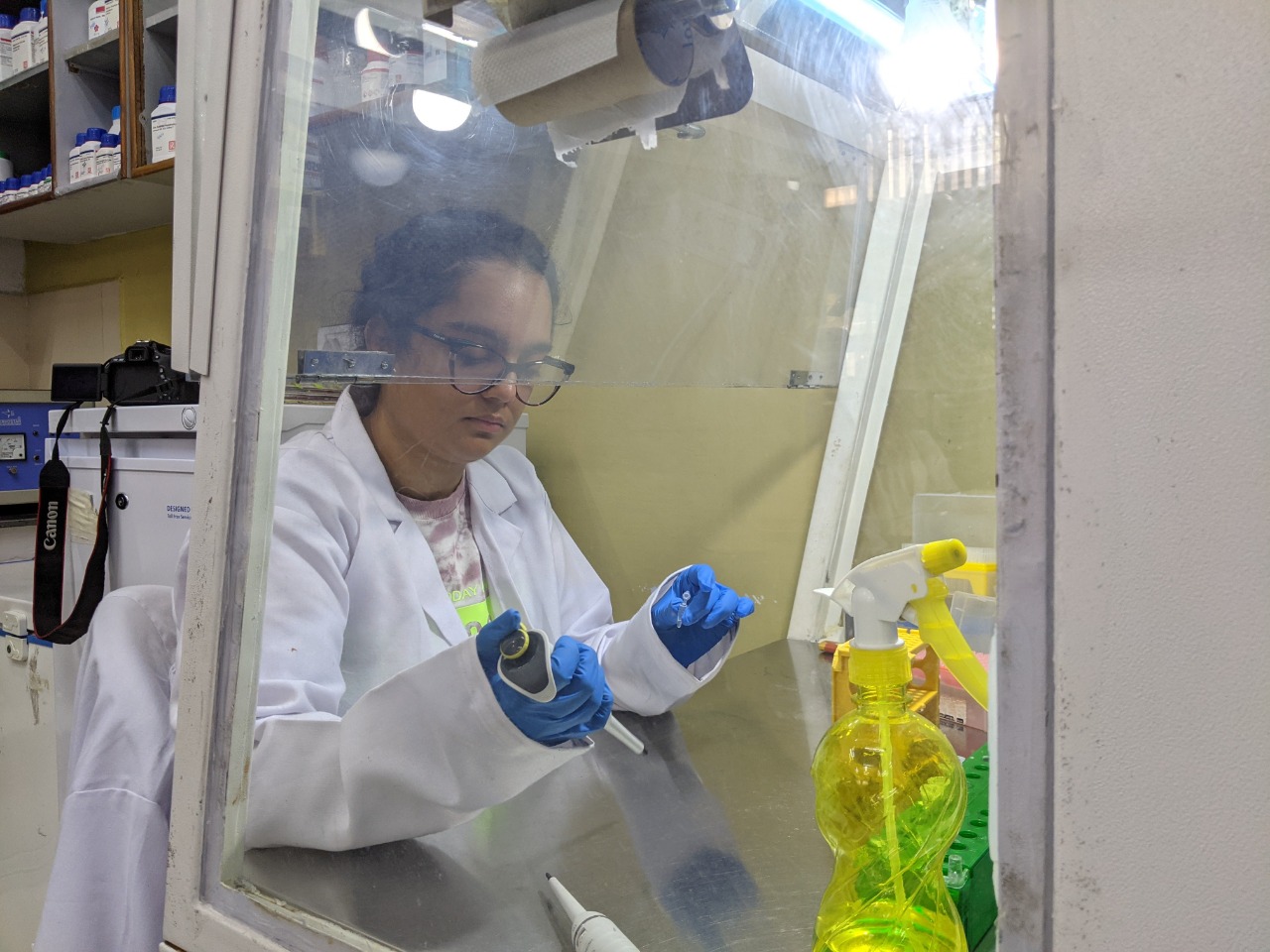Overview
We recognise that both project safety and personal safety during performing experiments is an essential aspect that needs to be given utmost importance. Our motto has always been “Better Safe than Sorry”. The guidance and training of experienced PhDs and staff here at IIT Roorkee helped us in protecting ourselves and preventing any damage to our environment.
The designed solution is based on a cell-free system, largely eliminating the risk of harm and environmental release associated with working with live organisms. Protocols were mindfully designed to minimize exposure to harmful substances and laboratory work ethics were strictly followed by members working in the lab. The experimental protocols were planned taking into account both iGEM Safety Guidelines as well as Institute Biosafety Guidelines on discussion with our PI and doctoral/graduate students.
Ideally, our team would have liked to attempt to provide proof of concept for the DNA extraction steps proposed in our kit. However, as the target organism of our diagnostic solution is the Human Papillomavirus, a Biosafety Level 3 Classified organism, no experiments were conducted with live virus, deactivated virions or HPV positive samples. The iGEM Safety Guidelines does not permit any work with BSL3 organisms. Hence, only the steps of our proposed solution after DNA extraction i.e. CRISPR reactions and result visualisation on a Lateral Flow Assay strip were performed. For these reactions, synthesized DNA fragments without virulent or oncogenic potential were used.
The team received lab safety training for the duration of a week, prior to beginning the experiments, from the senior staff of our lab. The training included basic handling skills, safety and emergency briefings, knowledge and demonstrations of equipment such as flow hoods, etc.
The experiments only involved enzymatic reactions involving the Cas12a enzyme and its activity on the E7 gene which was utilized in these experiments in the form of IDT’s gBlocks gene fragments. These experiments follow standard protocols that are routinely performed and do not require any special safety precautions that need to be taken. Use of this naked DNA does not pose any threat to the one conducting the experiments or the environment. All experiments performed require only BSL1 facilities and practices. Our wetlab team conducted all of the experiments wearing laboratory gloves, coat and protective eyewear inside the biosafety cabinet.
All reactions were carried out in autoclaved microcentrifuge and PCR tubes. The surface of the biosafety cabinets were ethanol wiped before use. qPCR grade pipettes were used for high accuracy and all tips and boxes were autoclaved before the reaction was set up.










